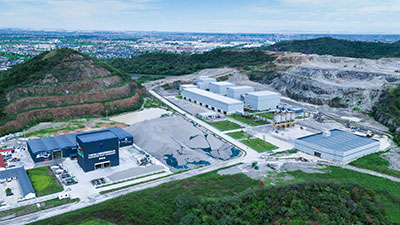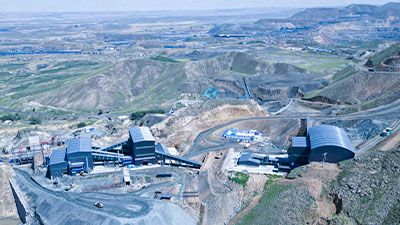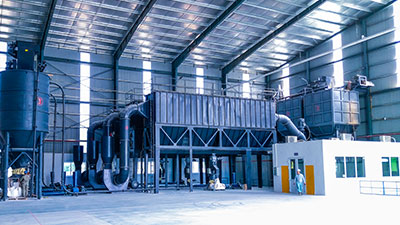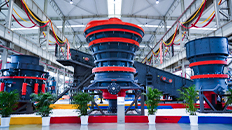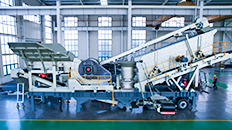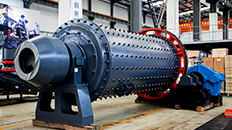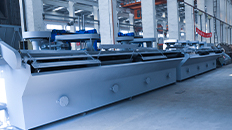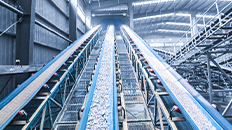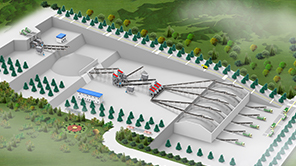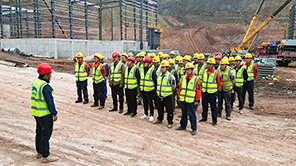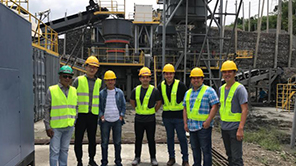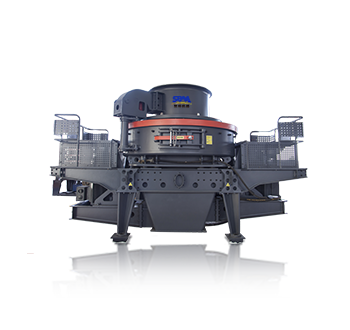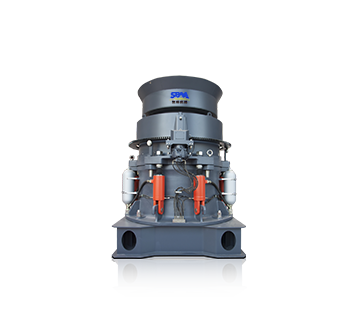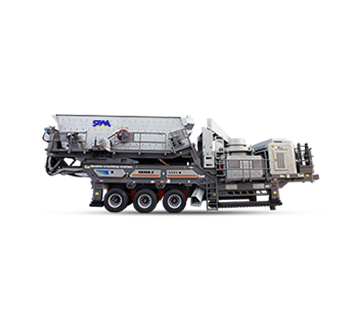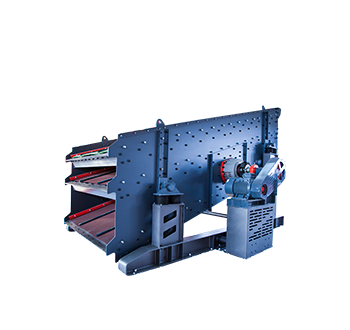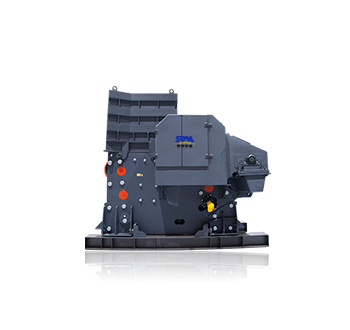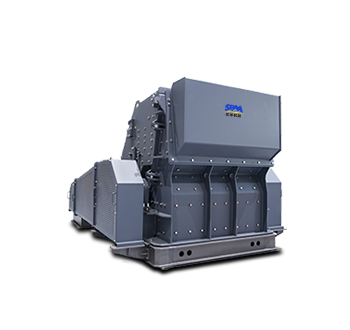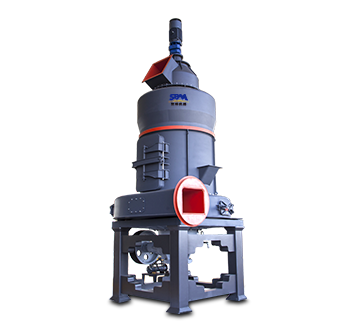Summary:In the realm of mining and construction, cone crushers and impact crushers excel in secondary crushing tasks, each with unique advantages and applications.
In the realm of mining and construction, the choice of secondary crushers is crucial to the efficiency and final quality of a project. Among the various options available, cone crusher and impact crusher stand out as particularly effective for secondary crushing tasks. Each has its unique advantages and applications, making them best suited for specific situations.
Cone Crusher: Precision and Versatility
Cone crusher is renowned for their ability to crush hard, abrasive rocks and ores with precision. They operate on the principle of crushing materials by squeezing them between an eccentrically gyrating spindle and a concave hopper. The key advantages of cone crushers include:
High Productivity: Cone crusher is highly efficient, offering high throughput and a uniform product size.
Versatility: They can handle a wide range of hardness levels, from soft to very hard materials. With different types of crushing chambers, cone crusher can be adapted to any application.
Consistency: They produce a consistent, cubical shape of the product, which is important for later stages in the construction process.
Impact Crusher: High Reduction Ratio and Good Shape
Impact crusher, on the other hand, use the impact force to break down materials. Materials are fed into the crusher and then hit by a rotor spinning at high speed, causing them to fracture on natural stress lines and create a uniform, cubical product. Impact crushers are particularly noted for:
High Reduction Ratio: They are capable of achieving a high reduction ratio, making them ideal for producing smaller materials from larger inputs.
Good for Soft to Medium Hard Materials: Impact crushers are especially effective for softer materials and less abrasive rocks.
Excellent Product Shape: The impact method ensures excellent cubicity of the final product, making it ideal for concrete aggregate and road construction.
Choosing the Best Secondary Crusher
The choice between a cone crusher and an impact crusher for secondary crushing depends on several factors:
Material Type: Cone crusher is better for harder materials, while impact crushers excel with softer materials.
Desired Product Size: Cone crusher is typically used for finer outputs, whereas impact crushers can handle coarser feeds.
End Product Shape: If a precise, cubical shape is required, both options are viable, but the choice may depend on the specific application and material characteristics.
In conclusion, both cone crusher and impact crusher can be considered the best secondary crushers, depending on the specific requirements of the project. Understanding the material characteristics, desired output, and final application is crucial in selecting the most appropriate crusher to ensure efficiency, productivity, and quality of the final product.

